1. Whale Waste or Ocean Gold?
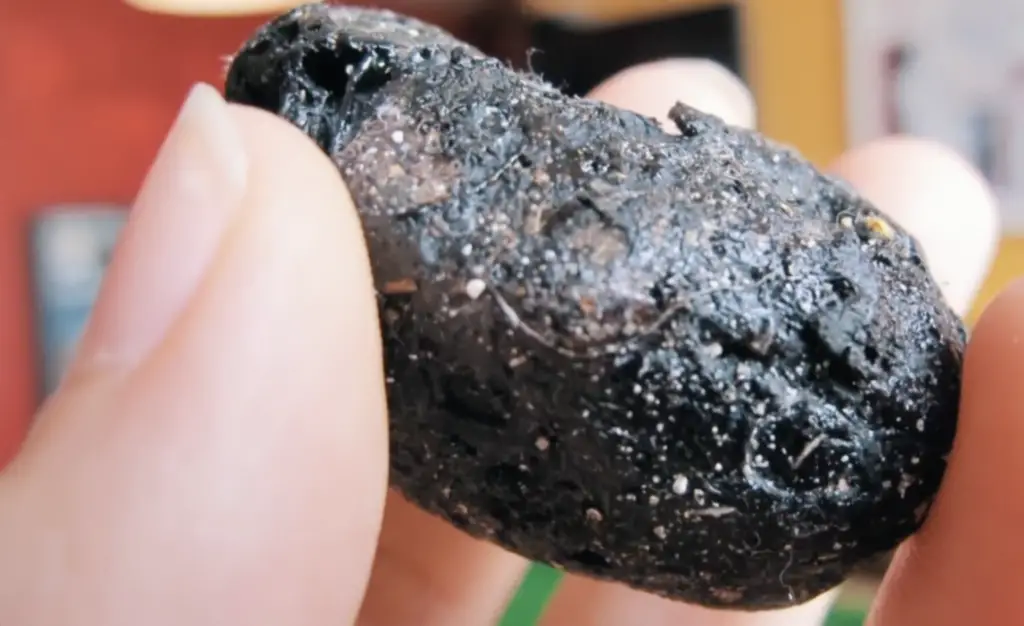
Ambergris, often called “floating gold,” is a substance that has captivated human imagination for millennia. This rare treasure begins its journey in the most unlikely of places – the intestines of sperm whales. As these ocean giants feast on massive quantities of squid, their bodies produce a waxy substance to protect against the sharp, indigestible beaks of their prey. This protective mechanism is the genesis of ambergris, a material so valuable it’s been coveted by perfumers, royalty, and treasure hunters alike, as detailed in a comprehensive article on Wikipedia.
But here’s where the story gets even more fascinating: only about 1% of sperm whales actually produce ambergris. That’s roughly 3,500 individuals in a global population of 350,000 whales, according to a fascinating report in Beachcombing Magazine. Imagine winning a lottery where the odds are stacked 99 to 1 against you – that’s essentially what’s happening every time a piece of ambergris is formed. This rarity, combined with its unique properties, has made ambergris one of the most valuable substances in the world, often fetching prices that rival or exceed those of precious metals and gems.
2. A Scent-sational Transformation
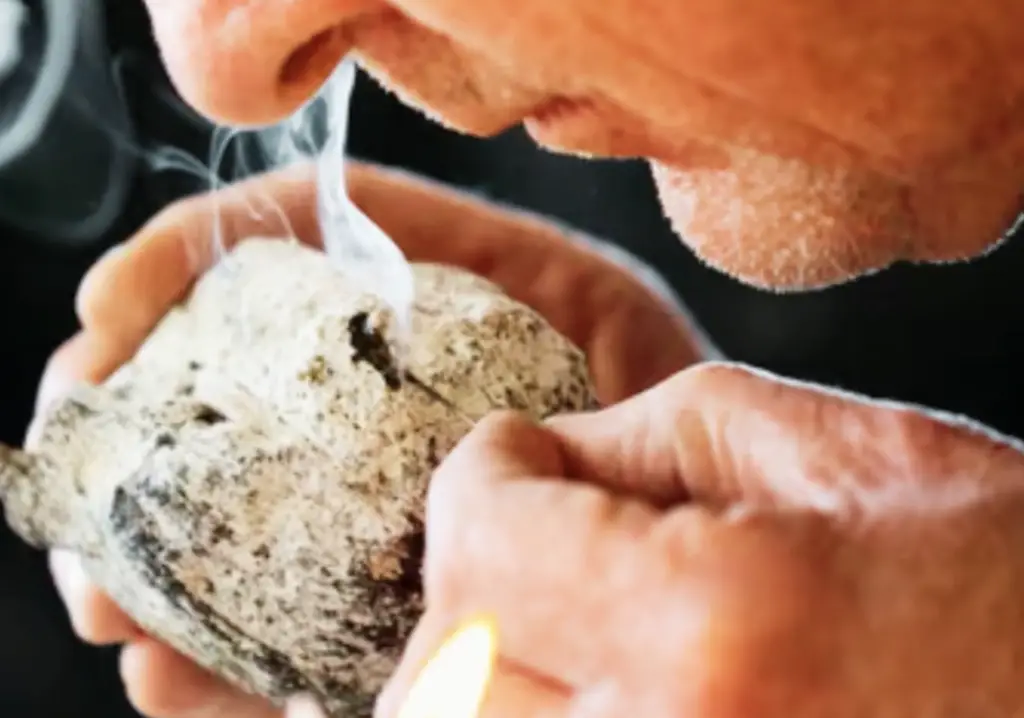
Fresh ambergris is not exactly a perfumer’s dream. When first expelled from a whale, it has a strong, fecal odor that would make even the most stalwart nose wrinkle in disgust. But don’t let that initial stench fool you – ambergris undergoes a remarkable transformation as it ages. Floating in the vast expanse of the ocean, sometimes for decades or even centuries, it’s exposed to the relentless forces of sun, salt, and air. This natural aging process works a kind of alchemy, turning the initially repulsive substance into something truly extraordinary, as explained in a detailed study found on Across the Blvd.
Over time, the ambergris hardens and develops a sweet, earthy fragrance that has been described as a blend of tobacco, wood, earth, and marine scents. This complex bouquet is what makes aged ambergris so prized in the perfume industry. Its unique molecular structure allows it to fix other scents to human skin, making fragrances last longer and smell more complex. In fact, some of the world’s most iconic perfumes, including Chanel No. 5, are rumored to contain ambergris, as stated in an article on Perfume Shrine. It’s a testament to nature’s ability to create beauty from the most unexpected sources – turning whale waste into an olfactory gold that has bewitched humans for centuries.
3. A Treasure Hunt Across Time
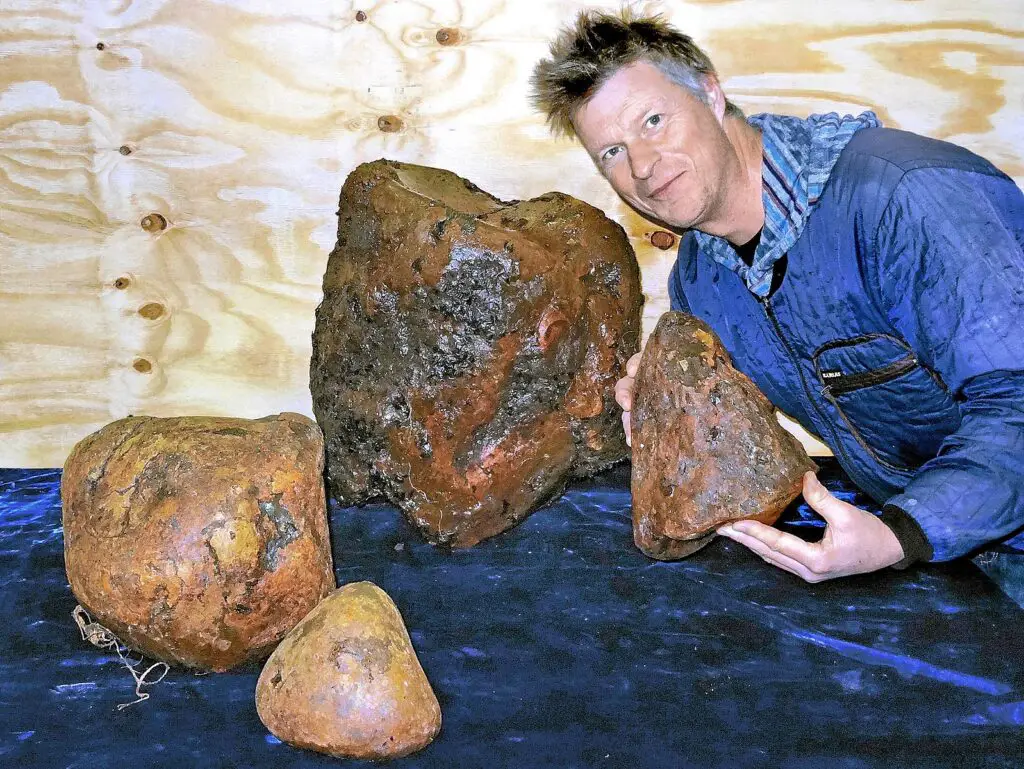
The quest for ambergris has inspired countless treasure hunters throughout history, turning ordinary beachcombers into potential millionaires overnight. This global treasure hunt spans continents and centuries, with lucky finders stumbling upon fortune-changing lumps of this whale-derived wonder from the shores of New Zealand to the beaches of Scotland. In 2016, the world was captivated by the story of a group of fishermen in Oman who hit the jackpot, discovering a massive 175-pound chunk of ambergris valued at over $3 million, as reported by Science Alert.
But the allure of ambergris goes far beyond its monetary value. Throughout history, it has been shrouded in mystery and misconception. Ancient Chinese texts described it as the solidified saliva of dragons, while others believed it came from exotic birds or underwater volcanoes. Even Marco Polo was puzzled by its origin, speculating that whales swallowed it with their food. It wasn’t until the advent of commercial whaling in the 18th and 19th centuries that its true source was discovered, as detailed in a fascinating article in Hakai Magazine. This revelation only heightened its mystique, cementing ambergris’s status as one of nature’s most enigmatic and sought-after substances.
4. Nature’s Time Capsule
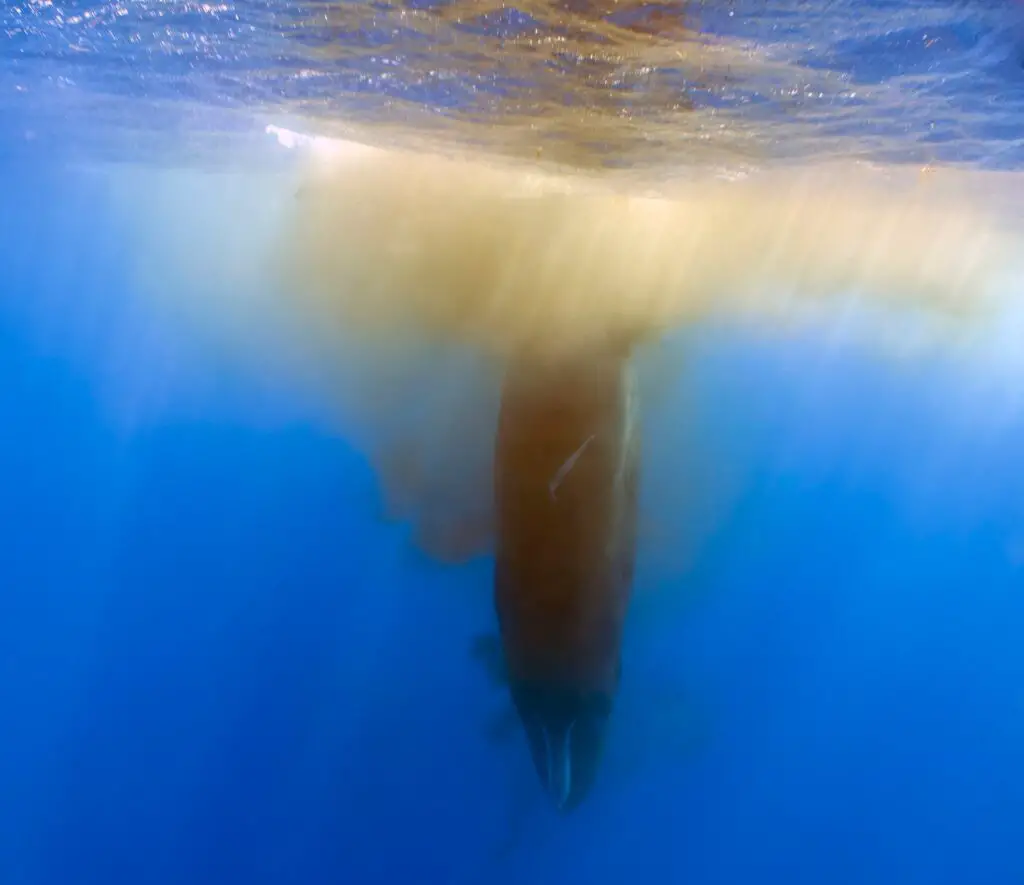
Ambergris isn’t just a valuable commodity – it’s a window into the past, offering scientists unprecedented insights into the lives of whales from centuries gone by. In a groundbreaking study conducted in 2019, researchers successfully extracted DNA from ambergris samples estimated to be over 1,000 years old, as reported in a scientific paper published in Biology Letters. This remarkable discovery has opened up new avenues for studying the evolution and population dynamics of sperm whales over millennia. Imagine holding a piece of ambergris and realizing you’re touching a substance that began its journey when Vikings were still roaming the seas!
But the time-traveling properties of ambergris don’t stop there. In an astonishing find that pushed the boundaries of what we thought possible, scientists discovered fossilized ambergris dating back an incredible 1.75 million years, as detailed in a report by Sci-News. This discovery, made in Italy, predates the evolution of modern humans and offers tantalizing clues about the ancient ancestors of today’s sperm whales. It’s a humbling reminder of the vast timescales over which nature operates, and the enduring legacy of these ocean giants.
5. A Culinary Curiosity
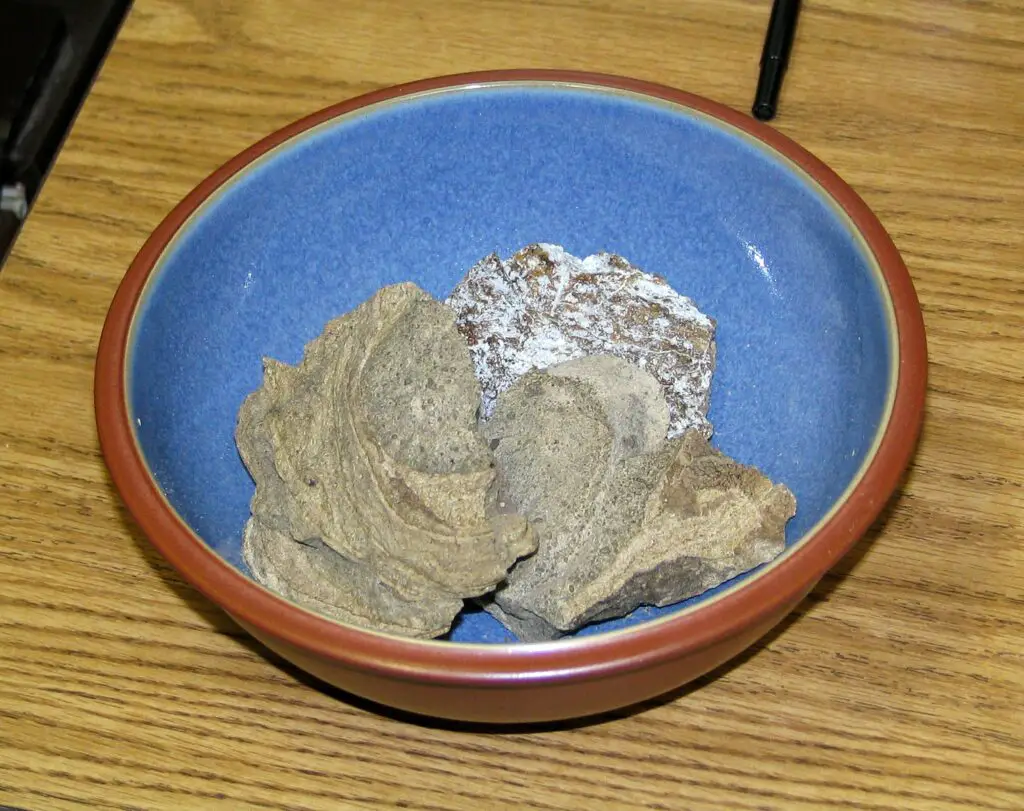
In a twist that might make modern foodies squirm, ambergris once played a starring role in the kitchens of the wealthy and adventurous. This whale-derived substance wasn’t just for perfuming – it was for eating! Historical records reveal a fascinating culinary tradition surrounding ambergris that spans cultures and centuries. Perhaps the most famous ambergris epicure was King Charles II of England, who reportedly had a particular fondness for eggs seasoned with this rare substance, as mentioned in an article on Slurrp.
But the culinary uses of ambergris weren’t limited to European royalty. In the Middle East, it was used to flavor a special type of coffee, adding an exotic musk to the brew. Perhaps most surprisingly, ambergris found its way into the world of frozen treats. The oldest known ice cream recipe, dating back to the 1660s, included ambergris as a flavoring, as discovered in a book at the British Library and reported by Food52. This recipe calls for “ambergriese” to be mixed with strawberries, milk, and sugar. While the thought of whale-waste ice cream might not appeal to modern palates, it’s a testament to the versatility and perceived value of ambergris throughout history.
6. A Legal Minefield
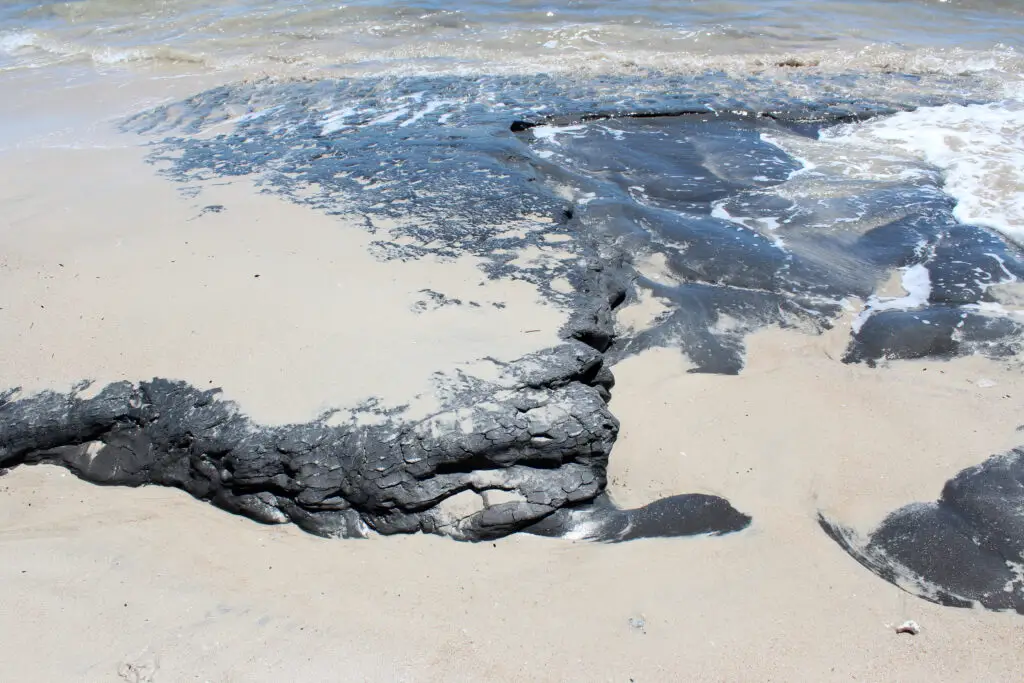
The legal status of ambergris is as murky as the waters it floats in. In some countries, like the United States, it’s illegal to buy or sell due to the endangered status of sperm whales. But hop across the pond to the European Union, and you’re free to trade this “floating gold” to your heart’s content. It’s like a global game of hot potato, with whale waste as the prize! This legal patchwork has created a fascinating underground market, with ambergris hunters and traders operating in a grey area that’s part treasure hunt, part international intrigue, as explored in depth by Vice.
The complexity of ambergris legislation has led to some bizarre situations. In some places, it’s legal to collect ambergris found washed up on beaches, but illegal to extract it from a whale carcass. In others, possession is legal, but sale is prohibited. This legal labyrinth has spawned a clandestine network of ambergris aficionados, from beachcombers with keen noses to high-end perfumers willing to pay top dollar for the genuine article. It’s a world where fortune hunters and conservationists clash, all revolving around a substance that, at its core, is whale excrement.
7. A Canine’s Best Friend

Move over, drug-sniffing dogs – there’s a new career in town for our four-legged friends! Dogs are naturally attracted to the smell of ambergris, making them excellent helpers for treasure hunters. This unique partnership between humans and animals adds yet another layer of fascination to the already incredible world of ambergris hunting. Imagine walking your dog on a beach and suddenly finding yourself in possession of a lump of “floating gold” worth thousands of dollars, all thanks to your pup’s keen nose!
But dogs aren’t the only animals with a nose for this valuable substance. In the past, specially trained camels were used to sniff out ambergris on the beaches of Oman and Yemen, as reported by Atlas Obscura. These “ships of the desert” proved surprisingly adept at locating the precious whale waste, their sensitive noses able to detect the faint scent of aged ambergris even when buried under sand.
8. The Synthetic Revolution
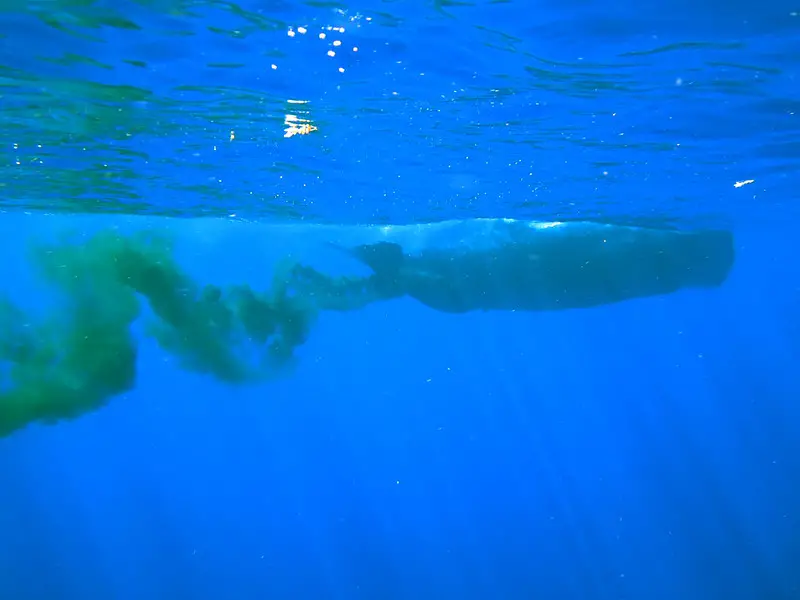
As demand for ambergris skyrocketed, scientists raced to create a synthetic alternative. In 1820, chemists identified the compound responsible for ambergris’s unique properties as ambrein. This breakthrough paved the way for the development of synthetic ambergris, allowing the perfume industry to continue using this prized scent without relying on whale byproducts. It’s a win-win for both perfume lovers and whale conservationists!
However, the debate between natural and synthetic ambergris rages on in the perfume world. Some high-end perfumers still insist on using the real deal, claiming that synthetic ambergris just can’t match the complex, nuanced scent of the natural substance. Others argue that modern synthetics are indistinguishable from the real thing, and far more ethical, as discussed in an article by The Ethos. Popular fragrances like Dior’s Sauvage and Maison Francis Kurkdjian’s Baccarat Rouge 540 use Ambroxan, a synthetic ambergris substitute, to achieve their coveted scents.
9. A Medical Mystery
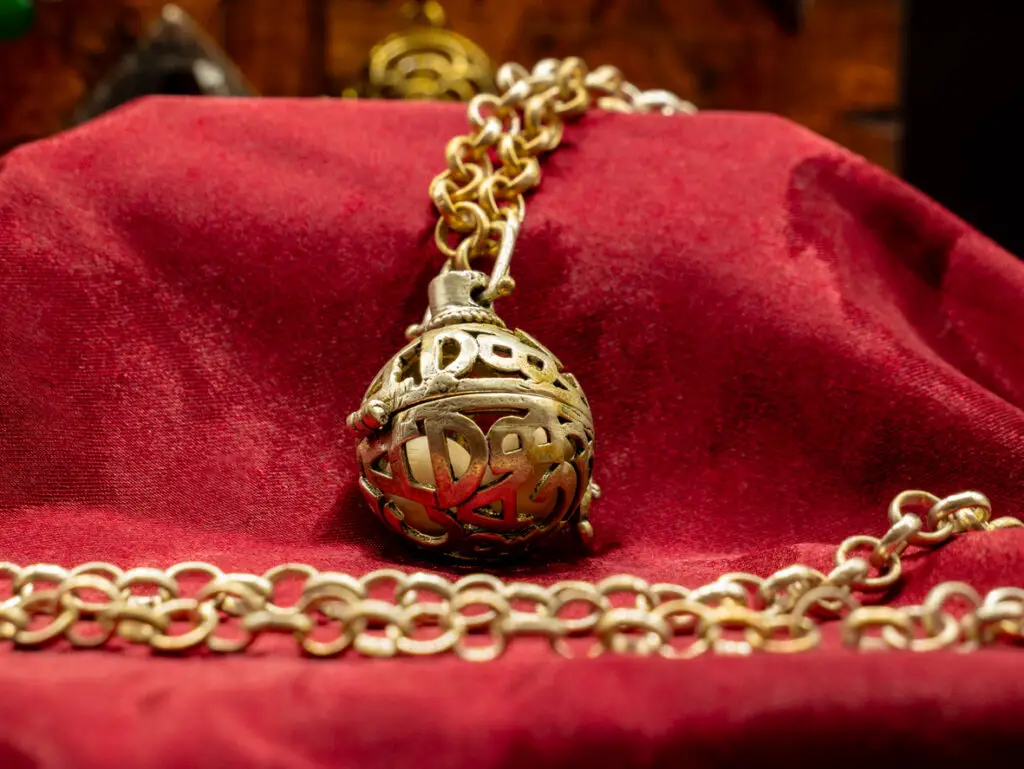
Throughout history, ambergris has been credited with some pretty wild medical properties. It was believed to cure everything from the plague to epilepsy. In traditional Chinese medicine, it was used to treat heart and brain ailments. Medieval physicians prescribed it as a cure-all, believing it could ward off the Black Death and treat a host of other ailments. It’s a testament to the human tendency to ascribe magical properties to rare and exotic substances.
While modern science hasn’t confirmed these historical medical claims, research into ambergris continues to yield surprising results. Some studies suggest that compounds found in ambergris may have anti-inflammatory properties, while others are investigating its potential as an antioxidant, as reported in the World Journal of Pharmaceutical Research. A 2016 study found that ambrein, a key component of ambergris, showed promise in treating erectile dysfunction in rats. Who knows? The cure for the common cold might be floating around in the ocean right now, disguised as a lump of whale poop!
10. The Great Fakes
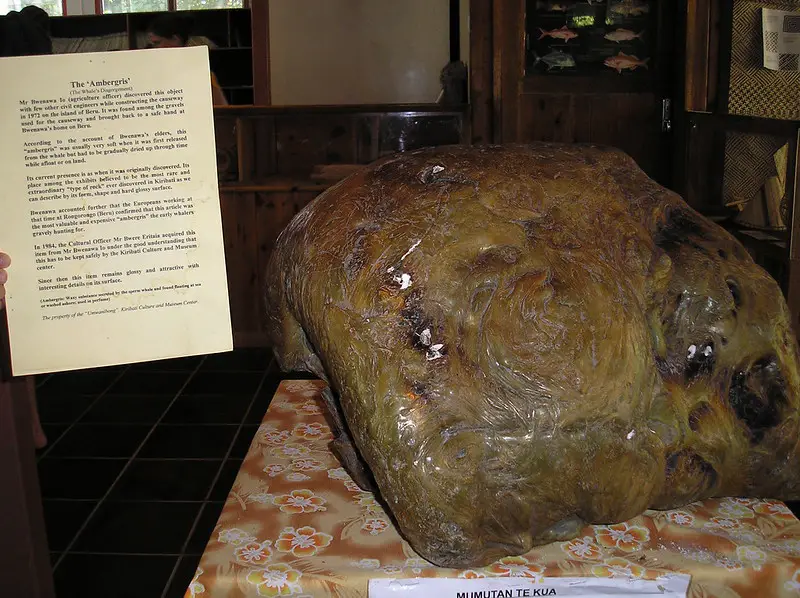
Where there’s money, there’s mischief! The high value of ambergris has spawned a thriving black market for fake whale waste. That’s right – people are out there trying to pass off random beach junk as valuable ambergris. This cat-and-mouse game between forgers and authenticators adds an element of detective work to the world of ambergris, with experts developing increasingly sophisticated methods to separate the real deal from clever imitations.
Authenticating ambergris is no simple task. Experts use various tests, including the famous “hot needle test,” where a heated needle is poked into the substance. Real ambergris will melt into a black, shiny liquid with a pleasant scent. Other methods include chemical analysis and even DNA testing, as described by the Natural History Museum. In 2016, a 1.1 kg lump of ambergris found on a Welsh beach was initially valued at £50,000, only to be later revealed as a fake. It’s like CSI: Whale Edition!
11. A Whale of a Discovery
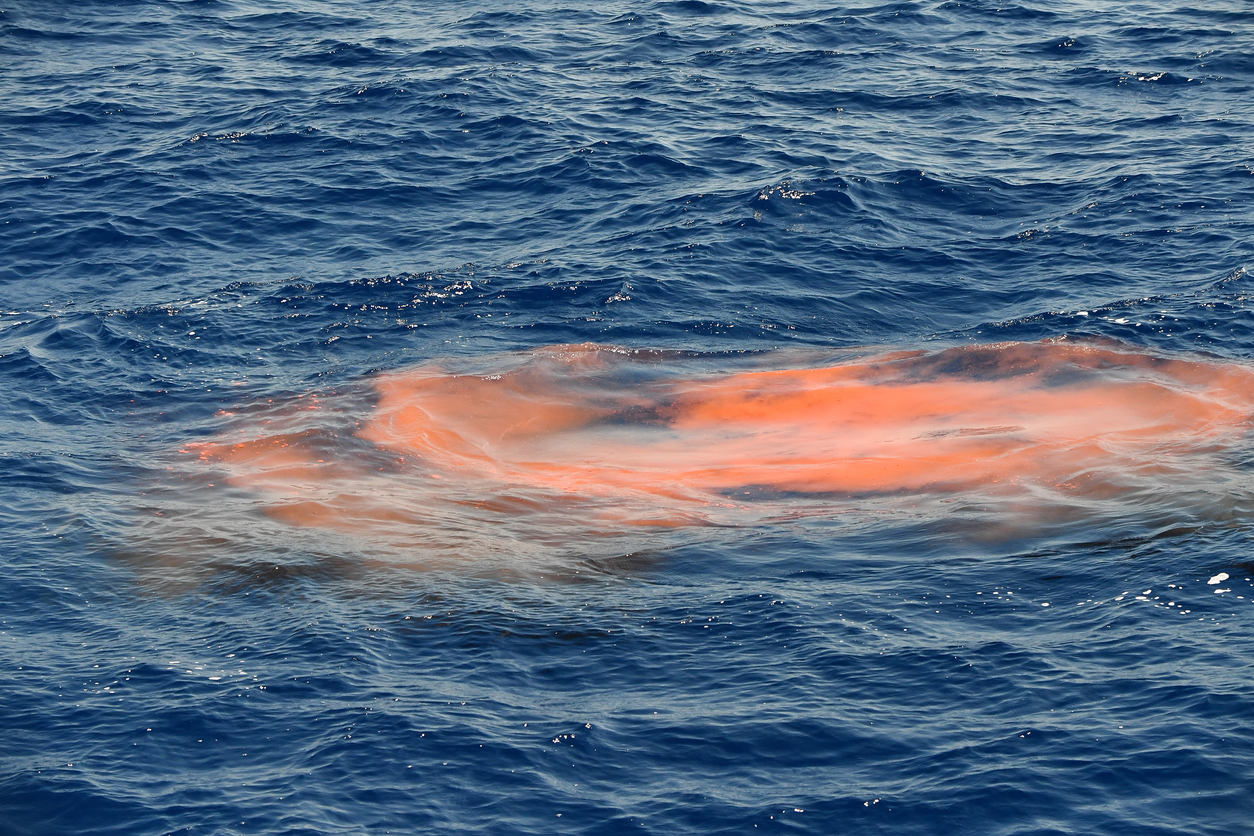
In June 2023, scientists made a jaw-dropping discovery inside a dead sperm whale on a beach in the Canary Islands. They found a massive 21-pound (9.5 kg) chunk of ambergris lodged in its intestines. This colossal clump wasn’t just remarkable for its size – it actually caused the whale’s death by blocking its digestive tract. The ambergris was valued at approximately €500,000 ($570,000), according to local media reports. It’s a somber reminder that even in death, these magnificent creatures can yield valuable insights – and treasures.
This discovery also reignited the ongoing debate about the ethical implications of using ambergris in commercial products. While ambergris is naturally expelled by whales and its collection doesn’t harm living animals, finds like this highlight the complex relationship between human desire for luxury goods and wildlife conservation. It raises important questions about our responsibility to protect endangered species and the ecosystems they inhabit, even as we continue to be fascinated by the rare and valuable substances they produce. The incident sparked discussions among marine biologists about the frequency of such occurrences and their impact on whale populations.
12. The Color of Money
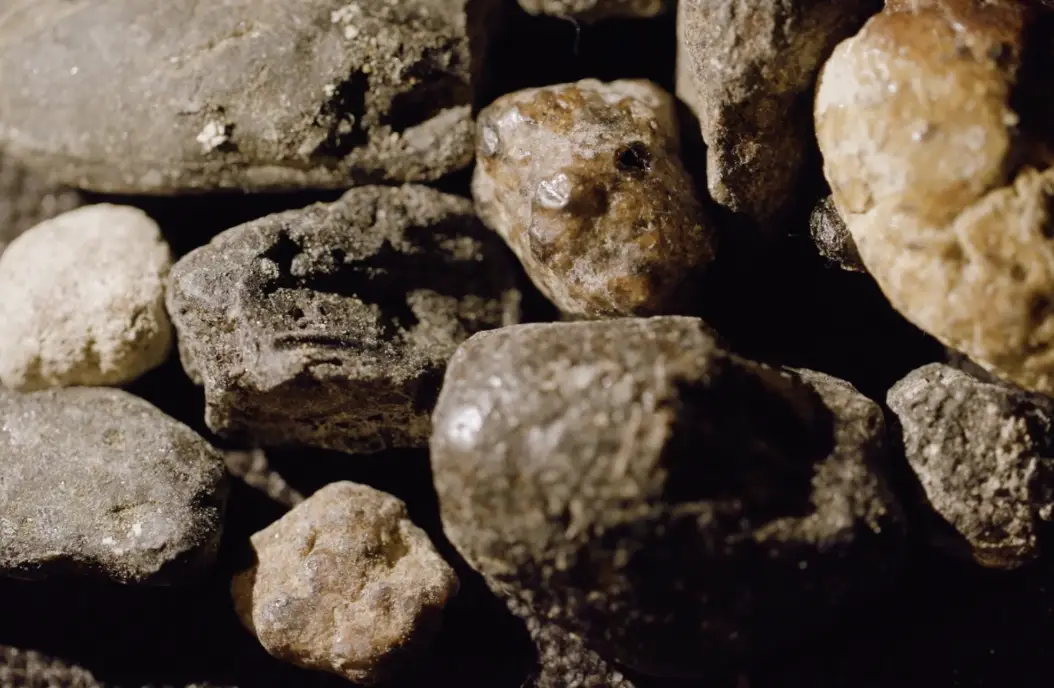
Ambergris can have a wide range of colors, from jet black through rusty brown to almost white. This spectrum isn’t just a quirk of nature – it’s a key indicator of age and value. The blackest ambergris, which is relatively fresh and has a strong smell of manure, is at the lowest value on the international market. As it ages, floating in the vast oceans for years or even decades, it gradually fades to a light gray or white color. This aged, lighter-colored ambergris is usually the most valuable, as explained by Ambergris NZ.
This color transformation is a visual representation of the incredible journey each piece of ambergris undertakes. From its humble beginnings in a whale’s digestive tract to its years-long odyssey across the world’s oceans, the changing hue of ambergris tells a story of time, transformation, and the raw power of nature. For ambergris hunters and collectors, these subtle variations in color can mean the difference between a modest find and a life-changing fortune. For instance, a 2.7 kg piece of white ambergris found in the UK in 2015 was valued at £50,000, while a similar-sized piece of darker, less-aged ambergris might fetch only a fraction of that amount.
13. A Perfumer’s Secret Weapon
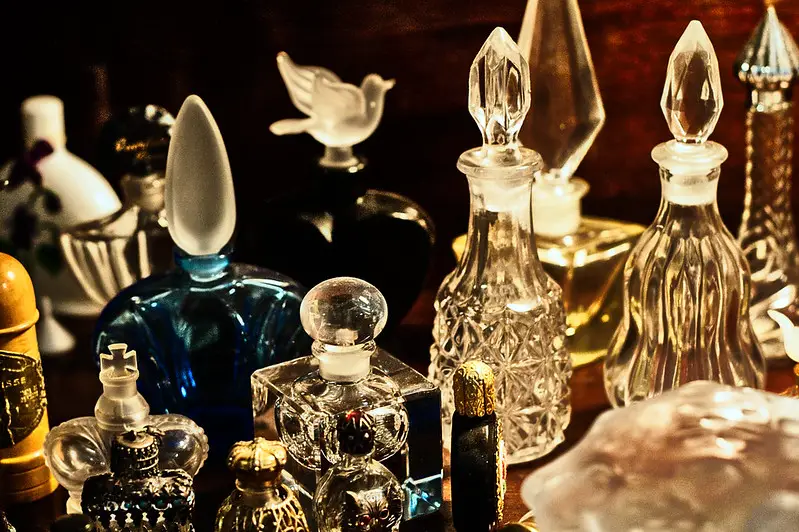
In the world of high-end perfumery, ambergris is the ultimate secret weapon. Its unique molecular structure allows it to fix scents to human skin, making fragrances last longer. It’s like a time machine for your favorite perfume! Just a tiny amount – as little as 1% of a fragrance’s formula – can transform an ordinary scent into an extraordinary one that lingers for hours. This magical property has ensured ambergris’s place in the pantheon of luxury perfume ingredients, despite its unusual origin.
Some of the most iconic fragrances in history, including Chanel No. 5, are rumored to contain this whale-derived wonder. Perfumers prize ambergris not just for its fixative properties, but also for the depth and complexity it adds to a scent. It’s described as having a sweet, earthy, marine scent of its own that enhances and rounds out other fragrances. Perfumer Francis Kurkdjian poetically described ambergris to Harper’s Bazaar: “If the moon had a scent, it would be ambergris. It has a recognizable marine and iodine odor; a kind of salinity. It’s full of mystery.” In a world where synthetic alternatives are increasingly common, natural ambergris remains a holy grail for many perfumers, its rarity and expense only adding to its mystique, as discussed in an article by Scentspiracy.
14. A Global Phenomenon
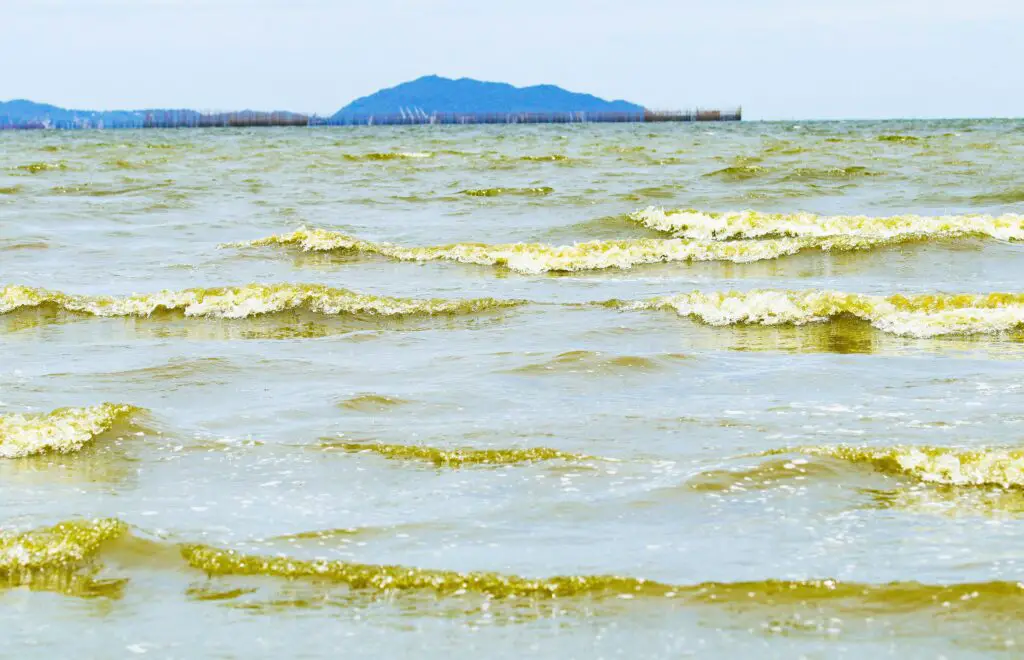
Ambergris isn’t just found in one specific part of the world – it’s a truly global phenomenon. From the sun-drenched beaches of Australia to the frigid shores of Nova Scotia, pieces of this valuable substance have been discovered on coastlines around the planet. This global distribution is a testament to the vast ranges of sperm whales and the incredible journeys that pieces of ambergris undertake, riding ocean currents for years or even decades before washing ashore.
The global nature of ambergris has given rise to a diverse array of cultural interpretations and uses. In some cultures, it’s seen as a gift from the sea, a lucky charm that brings good fortune to the finder. In others, it’s revered for its supposed medicinal or aphrodisiac properties. From the traditional ambergris hunters of New Zealand’s Māori people to the beach-combing enthusiasts of the British Isles, the quest for this oceanic treasure has become a part of coastal folklore around the world, as explored in a fascinating article by Hakai Magazine. In 2021, a Thai fisherman discovered a 30 kg piece of ambergris worth an estimated $1 million, highlighting how this global phenomenon can change lives overnight.
15. The Million-Dollar Treasure
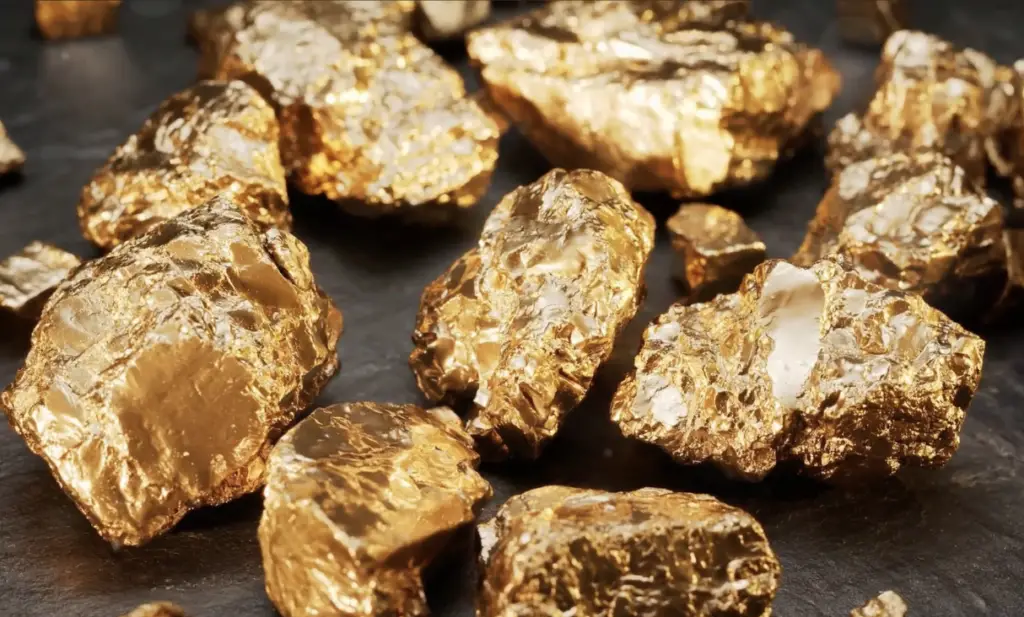
Now, brace yourself for the most mind-boggling fact of all. The value of ambergris is truly astronomical, often fetching prices that would make even the most jaded treasure hunter’s jaw drop. High-quality ambergris can sell for up to $120,000 per kilogram – that’s more than twice the price of gold! This incredible value has turned beach-combing into a high-stakes treasure hunt, with lucky finders stumbling upon fortune-changing lumps of this whale-derived wonder.
The potential for life-changing discoveries keeps ambergris hunters combing beaches around the world. In 2021, fishermen found a 127 kg piece of ambergris off the coast of Yemen, valued at a staggering $1.5 million, as reported by Newsflare. It’s not just the large pieces that are valuable – even small lumps can be worth thousands of dollars. In 2016, a UK couple found a 1.57 kg piece of ambergris on a beach in Lancashire, which sold for £50,000. So the next time you’re walking on the beach, keep your eyes peeled – you might just stumble upon a whale-sized fortune! The enduring value of ambergris, despite the availability of synthetic alternatives, speaks to our continued fascination with rare, natural substances and the mysterious creatures that produce them.


